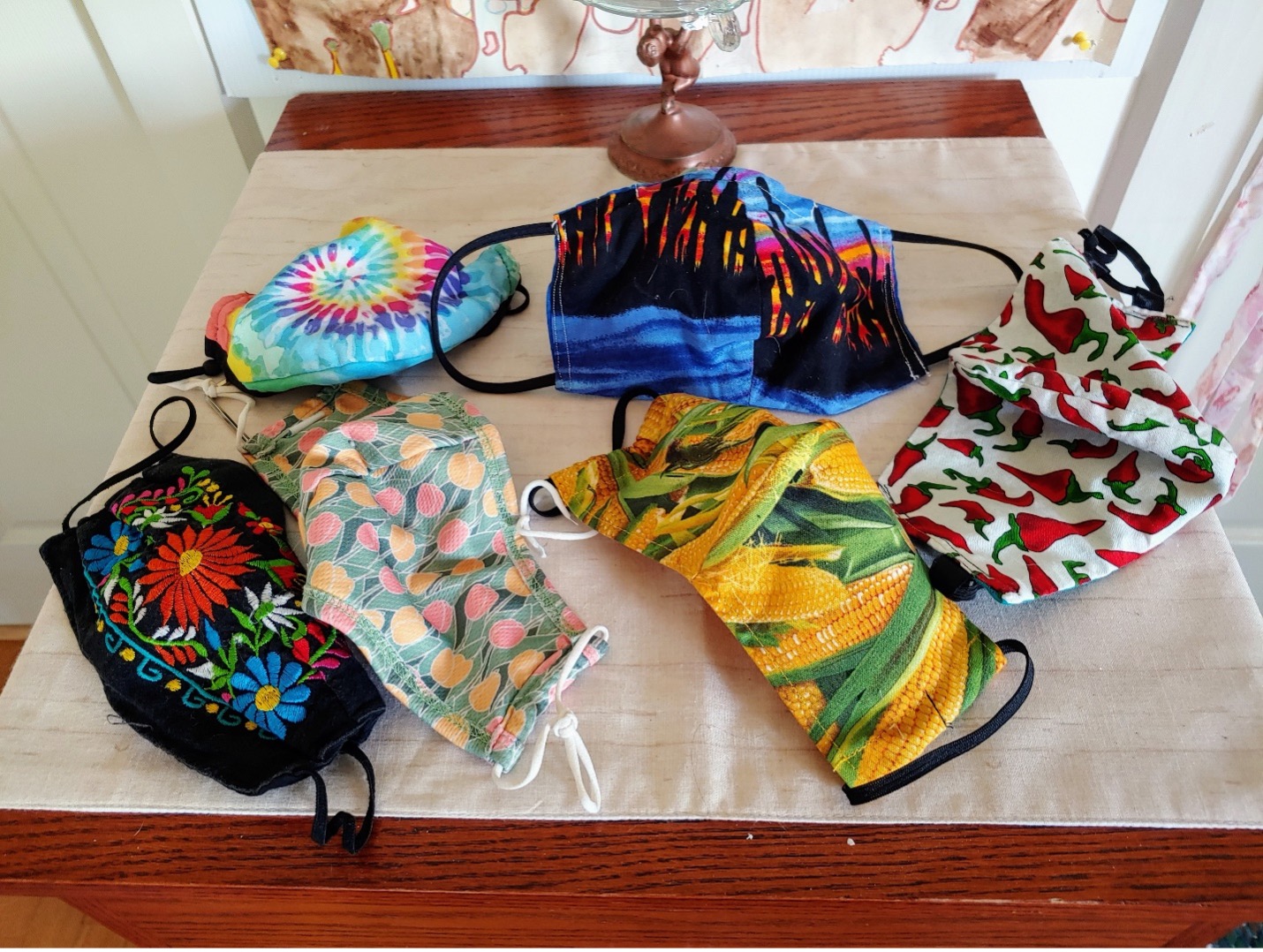An account is required to join the Society, renew annual memberships online, register for the Annual Meeting, and access the journals Practicing Anthropology and Human Organization
- Hello Guest!|Log In | Register
From the Editors:
Orit Tamir
Jeanne Simonelli
It’s Almost Two Years!
It is January 2022, so it must be the Omicron variant time. Covid19 variants have already made it halfway through the Greek Alphabet. Will the next issue of SfAA News be during a spread of Omega?!
Spring semester 2022, for those of us who are affiliated with universities and colleges, started with the the highly contagious Omicron variant spreading very fast in the United States and around the world. Some universities deployed effective mitigation measures that allow them to bring students back to campuses even as the Omicron variant is raging on. Some universities started the semester online, required negative PCR tests prior to return to campus, mandated a quarantine period for returning students, and so on. Other universities and colleges were unable, for a variety of logistical financial and other reasons to follow suit.
Covid19 mitigation measures are also subject to limits of governing boards and local policies. At the same time, an increasing number of students developed a preference for distance education that afforded them opportunities to seek academic education while maintaining regular jobs and family life. In short, university life as we knew it is far from being back to pre-Covid19 normal.
To be fair, the prevalence of remote instructions and distance education programs were growing well before Covid19 threw our collective lives into a loop. But the pandemic accelerated their growth and possibly ushered-in an era of the flexible workplace for both faculty and staff. Judging from the work habits of folks in my (Orit) Santa Fe neighborhood, many workers whose jobs are in the public and private sectors continue to work from a distance or adopted a flex work schedule. Indeed, during the course of the pandemic, many employees from all sectors have been working from home. Many are likely to continue to do so for the foreseeable future. The same is true for faculty and students in higher education. It remains to be seen, and studied, how cultures have changed in the workplace and in the classroom, and how we (faculty, students, employees) build on the culture shifts that are taking place in the wake of Covid19.
Meanwhile, it’s Season in southern Arizona. RV parks and hotels are filled in Bisbee, and while masks are mandated in many businesses, the feeling is why wear them if you are fully vaccinated. Covid 19 is Covid 22 and life goes on. Working from home is not an option for those who provide day to day services for the more privileged part of the population. Among others, grocery store employees, nurses, postal employees, wait staff, and park rangers have served us throughout the pandemic. It would be interesting to do a study by occupation to judge attitudes towards the last two years. For an interesting view of pandemic life, see film We Heard the Bells about the 1918 outbreak. It’s on YouTube and one of the most balanced documentaries I’ve (Jeanne) viewed.
I am looking forward to the annual meetings in Salt Lake City. The conference hotel will be an enjoyable break from home, which I share with my daughter, a nurse. She recently moved from her job in the Covid ICU in Tucson to one at the Copper Queen Hospital in Bisbee. Healthcare burnout is at its peak.
Salt Lake City is an interesting town from an anthropological perspective. Here’s hoping that those of you that have the option to travel decide to come. The antiquity of the region goes back at least 10,000 years, and the indigenous history is there in the rock writing that underpins the story of the six cultures of the state. When the Church of Jesus Christ of the Latter Day Saints (Mormons) arrived in Mexico in 1848, they thought the were free from US rule. One war and one year later, their saga in Utah territory began and is visible in the wide boulevards of Salt Lake. Most recently, Utah is growing at an incredible pace as those from California and Washington come what they consider to be an inexpensive place to settle, with very little experience of either indigenous or LDS history.
My knowledge of the area comes from working at Pipe Spring National Monument for the last two years, a few miles from the Utah border on the Kaibab Paiute Reservation. Orit studied at BYU as an Israeli scholarship student. An undergraduate in art, she discovered anthropology in her forays around the state. Her stories of the region are rich with history (and cheesecake). Come to Salt Lake to learn and explore. We hope to see many of you in Utah!


Cart
Search